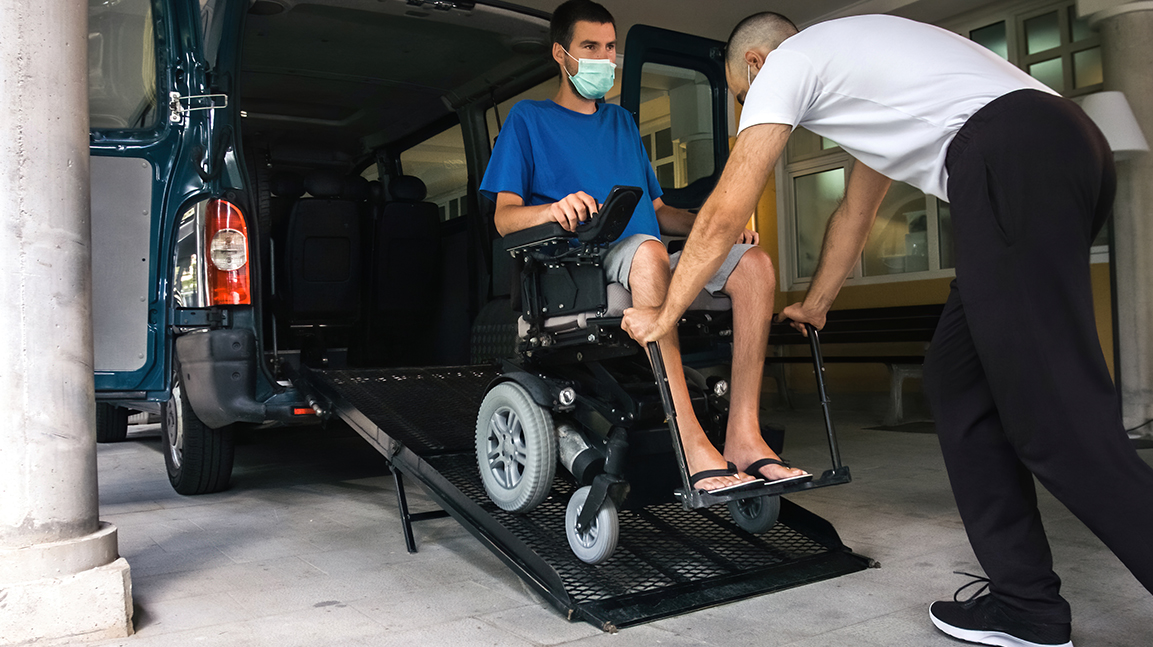From Bedside to Destination: Minimizing Complications During Transport of Complex Care Patients

For workers’ compensation adjusters and nurse case managers, ensuring the safe and efficient transport of complex care patients is critical to their role. These patients, often with multiple injuries or chronic conditions, require meticulous planning and a coordinated effort to minimize complications during transport. Ensuring patients are safe during transport is important and needs constant attention. If we’re not careful in how we handle patients with complex care needs, we could accidentally hurt them or mess up important medical devices they need. Let’s dig into some key strategies to achieve a smooth and successful transfer, focusing on communication, collaboration, and meticulous preparation.
Pre-Transport Planning: The Bedrock of Success
MTI strives to provide a hassle-free patient transfer experience.
Here’s how we plan to achieve it:
Clear Communication: It is essential to keep everyone informed throughout the process. This includes the adjuster, case manager, the facilities involved, and the transport team. We will ensure that all medical records, including the patient’s condition, medications, allergies, and any special equipment needs, are shared securely.
Collaborative Assessment: Together with the medical team at the sending facility, we will assess the patient’s condition to determine the best transport option, whether by ambulance, air ambulance, or another method. We will consider the patient’s stability and any equipment needs.
Equipment Inventory: We ensure that all the necessary medical equipment, medications, and supplies are on hand for the transport. This includes ventilators, monitors, pain medication, and specific wound care supplies.
Route Planning: We will carefully plan the transport route, considering distance, traffic delays, and weather conditions. I will involve the transport provider to benefit from their expertise.
Ensuring Continuity of Care
Detailed Handoff Report: Prepare a comprehensive report for the receiving facility, outlining the patient’s medical history, current medications, vital signs, and any specific interventions implemented during transport.
Post-Transport Follow-Up: Maintain communication with the receiving facility to monitor the patient’s progress and address any concerns that may arise.
By following these strategies, we managers can significantly reduce the risk of complications during the transport of complex care patients. Effective communication, meticulous planning, and a focus on patient comfort and safety will ensure a smooth transition from bedside to destination, promoting a faster recovery for the injured worker.










